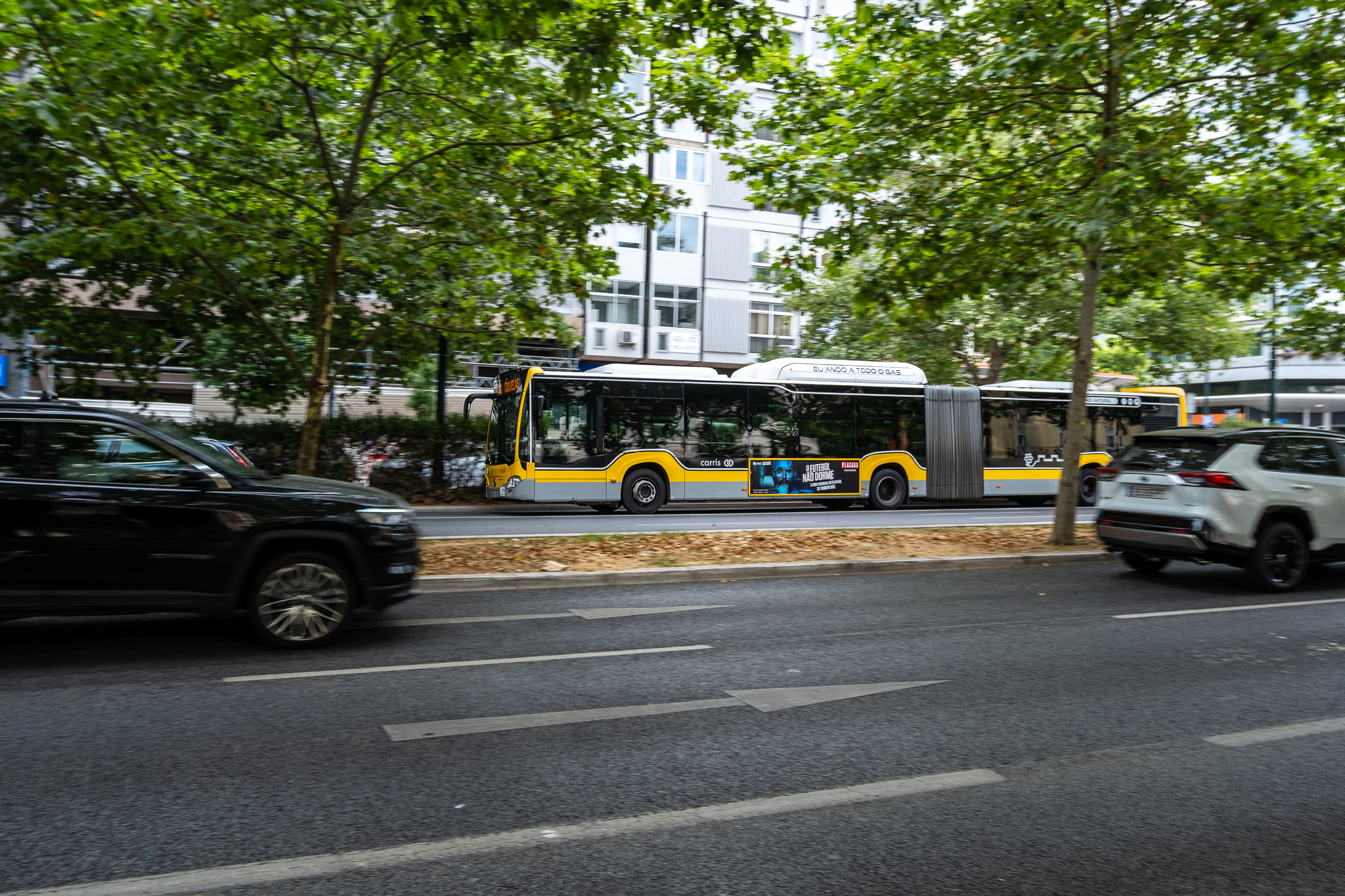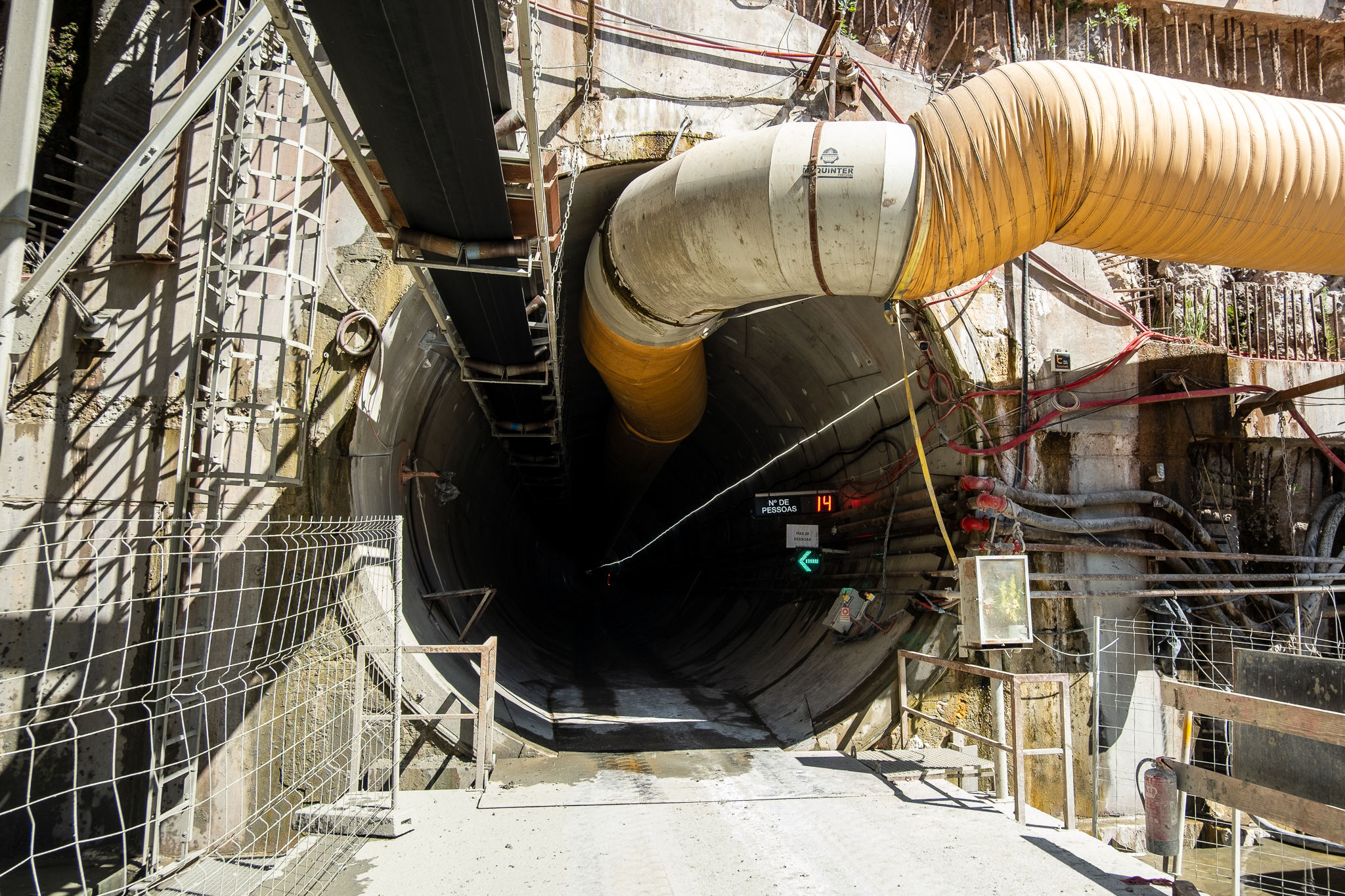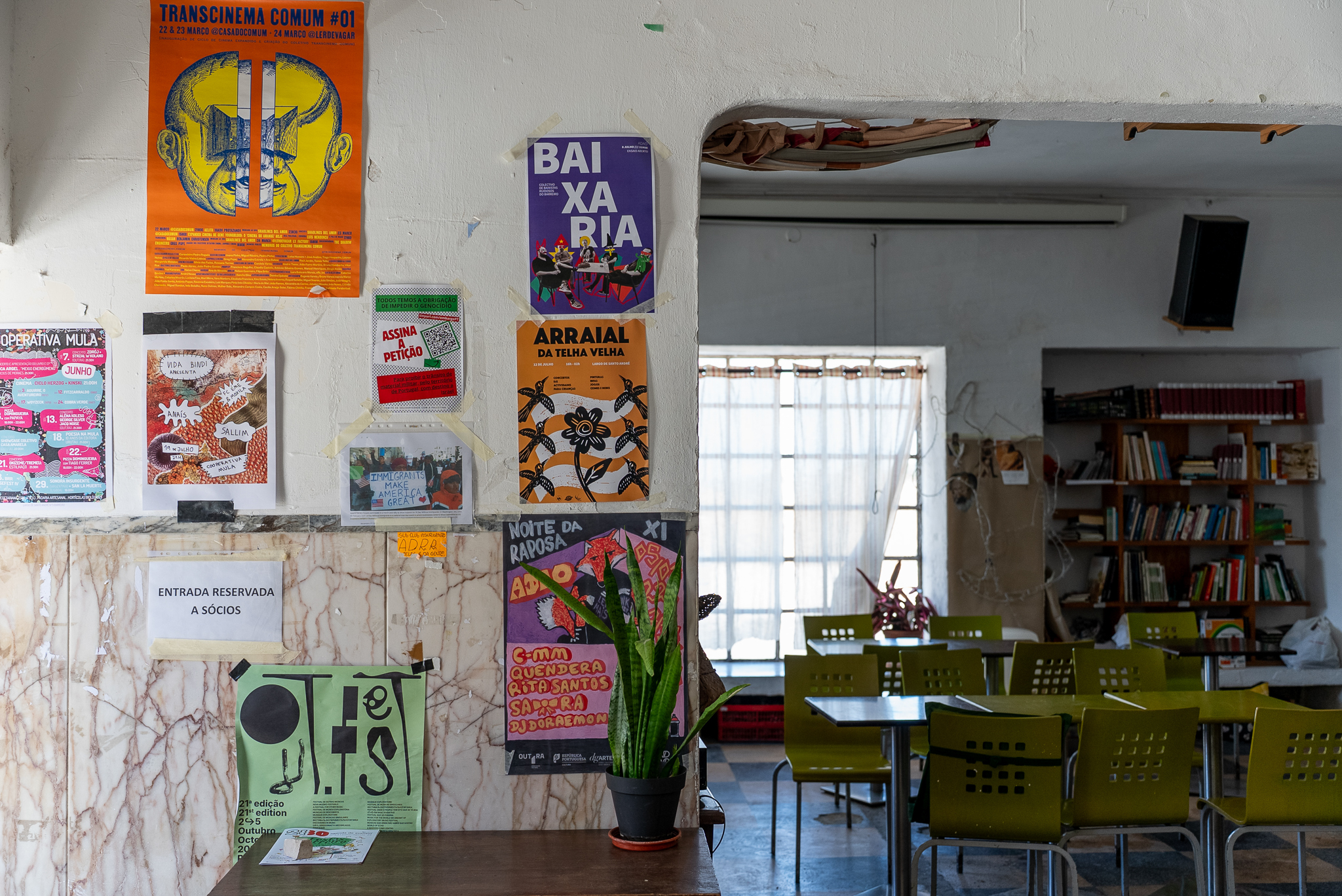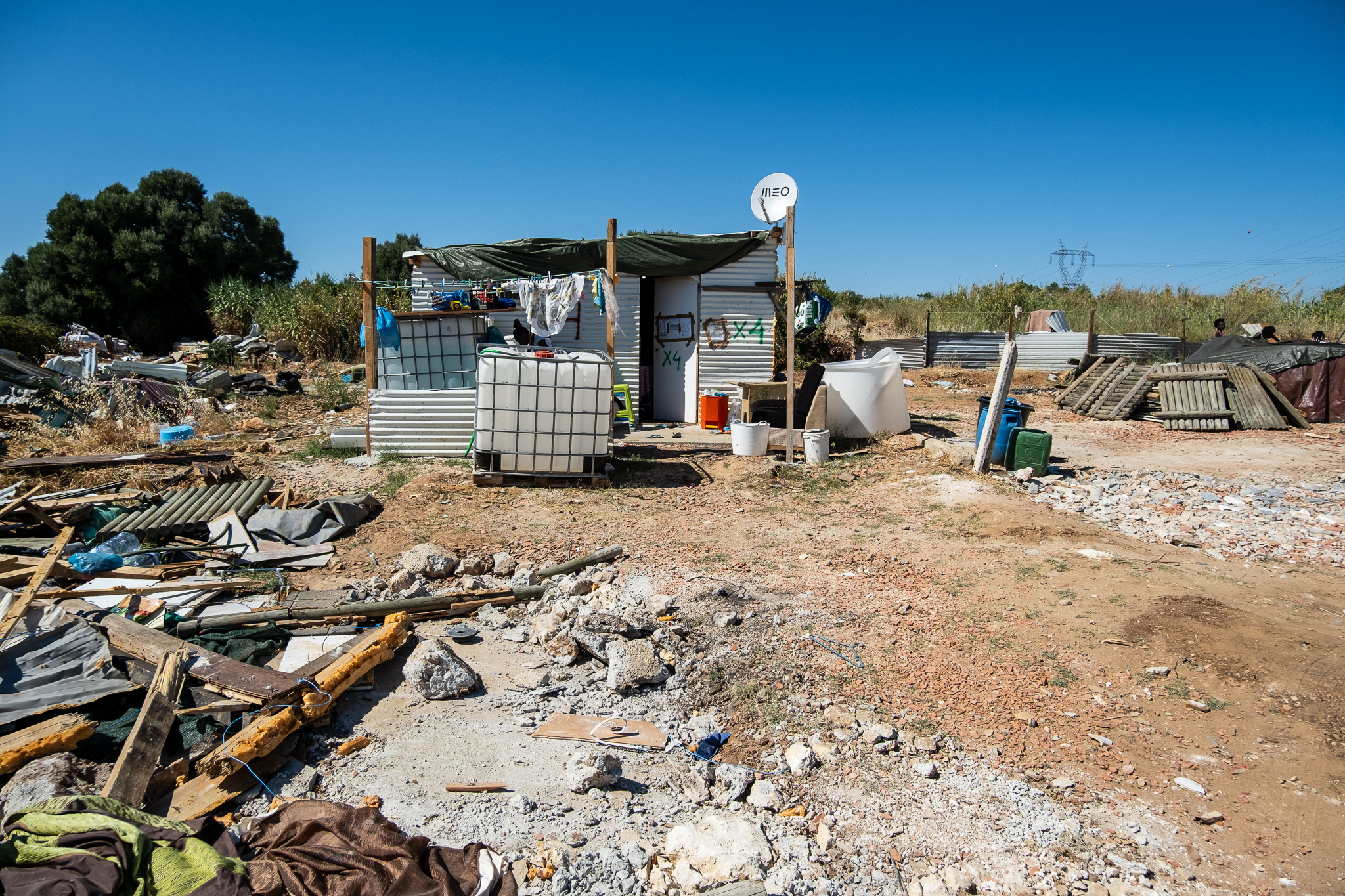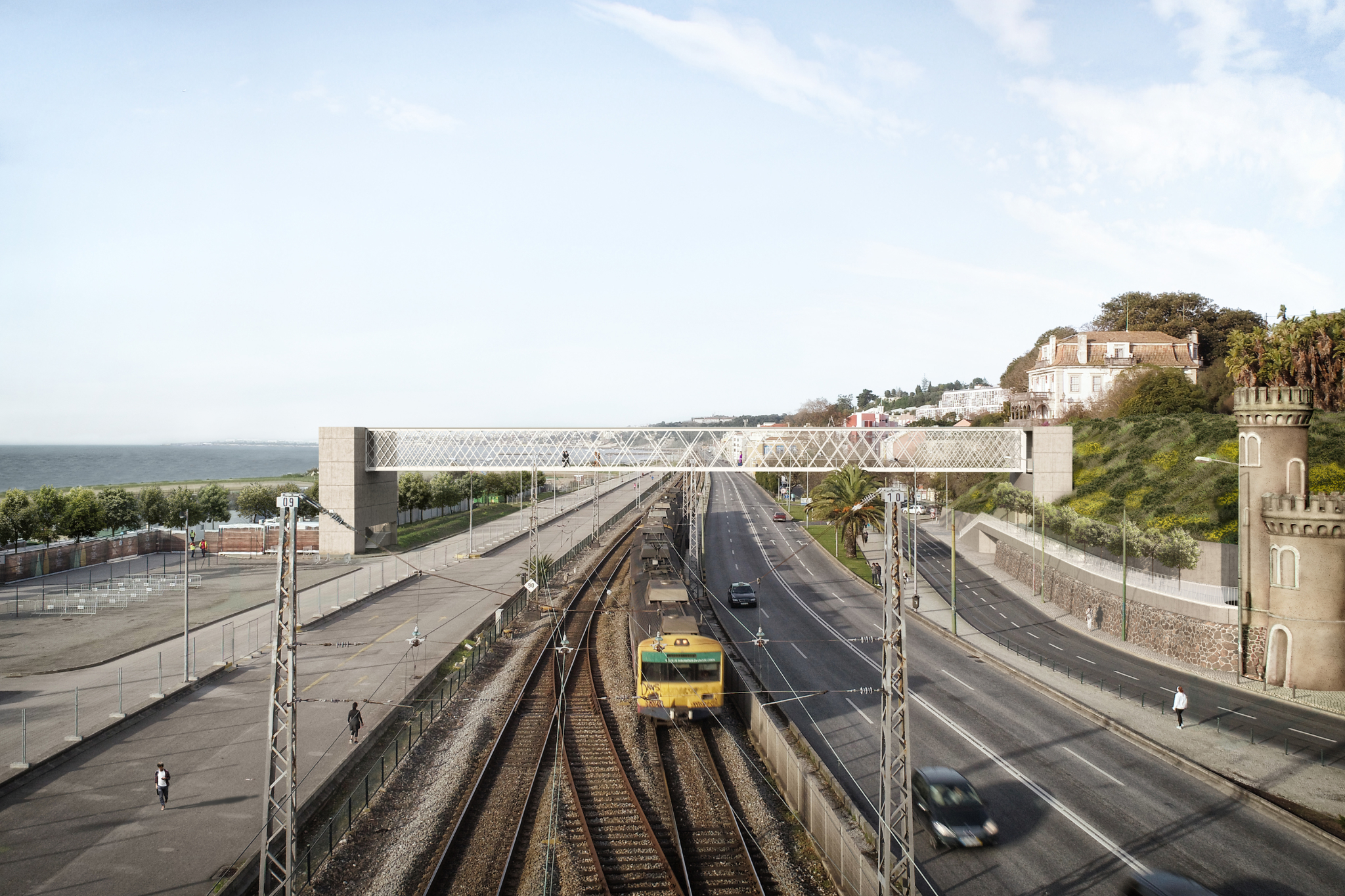Opinion.
A National Rail Plan is not an investment plan, nor should it be. It is a strategic document that lists where trains are appropriate and where they are not, where the country should be heading in future public investment frameworks and where it should refrain from spending money. It's a direction, isn't it...
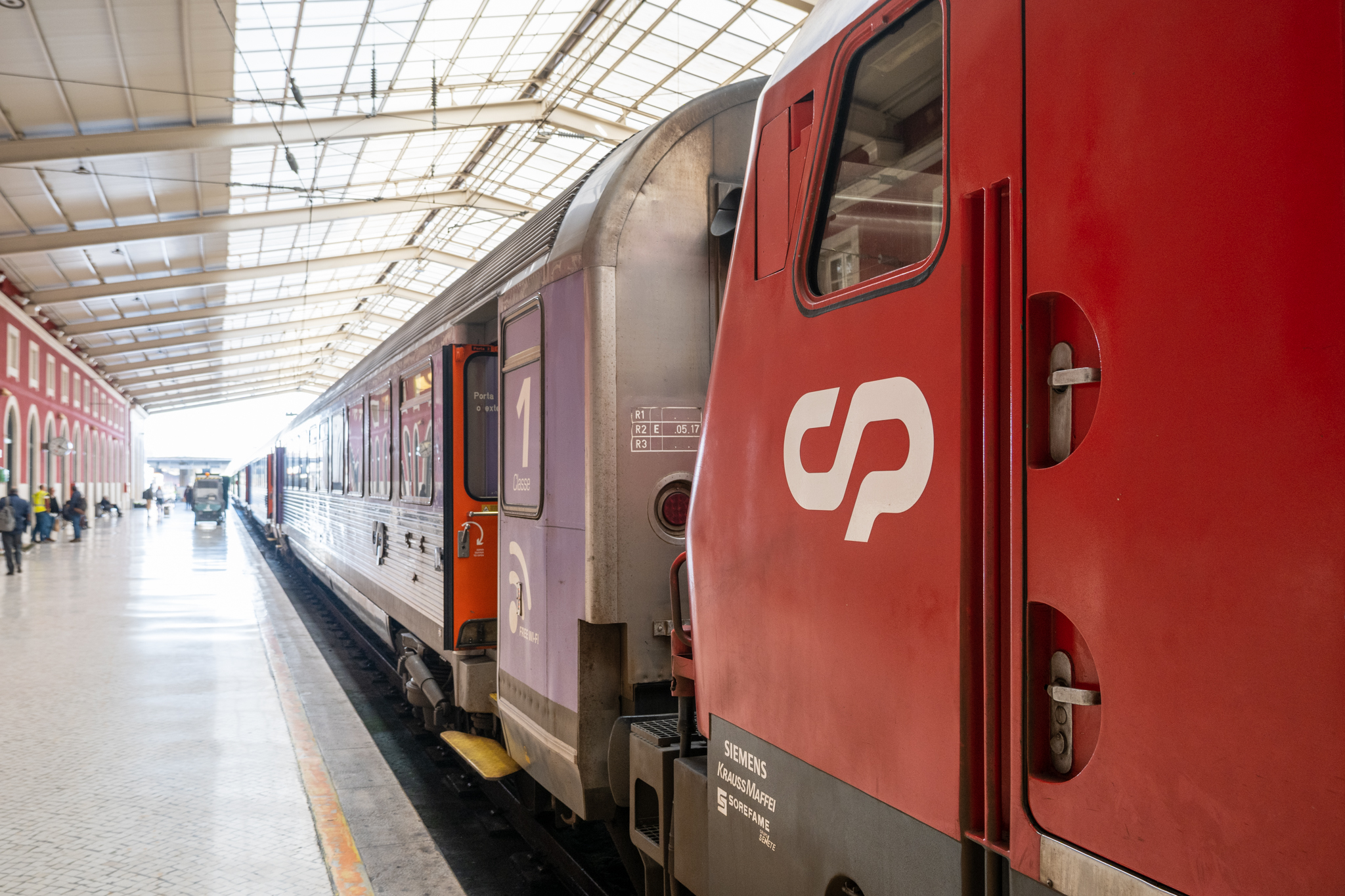
November 17, 2022 will go down in Portuguese public policy history - for the first time since the abolition of the dictatorship, Portugal once again has a strategic document for the long-term development of the railway networkThis will allow us to consolidate a coherent vision for future interventions. Or rather, will it have - the National Railway Plan (NFP) is now in public discussion e, at the end of this process, it will be codified into national lawjust as there already is one National Highway Plan.
A National Railway Plan is not an investment plannor should it have to be. It is a strategic document that lists where it is pertinent to have a train and where it is dispensable, where the country should go in future public investment frameworks and where it should refrain from spending money. It is a direction, not a path.
Therefore, it is not surprising that the NFP does not mention execution deadlines (although it has an indicative time horizon - 2050), nor does it mention financing. The purpose of this plan is that, for infrastructures that must be planned as a network, successive investment frameworks will meet the needs listed by this territorial planning document, as opposed to individualized, disconnected, sometimes even counter-productive interventions.
In this context, the NPF recognizes as a primary objective the balance of the territoryto rebalance the opportunities of the territory's bangs which no longer have railroads or which have never had them at competitive levels. Thus, all the continental district capitals, to which we cumulatively add 27 of the 28 urban centers of regional nature of the PNPOT, should be served by heavy rail, integrated into the national network of passenger and freight transport.
The goal is to bring the modal share of rail in 20% to passengers (nowadays, around 5%) and goods in the 40% (today around 13%), in a framework in which overall volumes will continue to grow steadily, thus forcing the train to gain something like six times more traffic than it has today. This will mean, downstream, increasing capacity on the network by solving bottlenecks and duplicating routes.
What we should celebrate about the NFP
Pedro Nuno Santos and his team think the railroad very well at the strategic level. This document is a new proof, perhaps the definitive one.
The idea that the network should develop from a desired service level is a historical inversion of thinking in Portugal, bringing us more in line with the Swiss philosophy. The NFP is built from a matrix of services, hierarchical, weighted with desired travel times and required frequencies. The lines on the map appear from here, not the opposite.
NFP confirms the coherence of the PNI 2030 (National Investment Plan 2030), being structured on top of the high-speed line Lisbon - Porto and the new access to Spain, through Évora, to which the new Sines line is added. To these is added the Porto - Vigo (partially foreseen in the PNI 2030), the Trás-os-Montes (a decades-long debt the country owes to this region) and the new line Aveiro - Viseu - Salamanca. With the shortcut from the West (via Loures), the Third Crossing of the Tagusthe reopening of the line Beja - Ourique and the new line Castro Verde - Faro, the country will gain a consistency in its travel throughout the territory that it does not have. The resulting map also brings Sines into the passenger transport network and provides long overdue redundancies.
In metropolitan areas the concept of trains passing through Lisbon and Porto is welcomed. In Lisbon, with the third crossing of the Tagus, sewing the Barreiro - Setúbal line with the Sintra - Lisbon line, and on the northern bank, sewing the Cascais line with the Azambuja line, to which will be added the Torres Vedras - Lisbon - Setúbal (via the 25 de Abril bridge), creating a competitive network also for suburban - suburban commuting and placing any origin-destination pair at a maximum distance of one transshipmento. Clever!
To the North, the new line of the Sousa Valley and the service to Leixões and the Airport have less potential to create a similar service scheme but, with the exception of origins and destinations on the current Vouga (to be electrified), also the whole network will be at maximum distance from an overflow.
Despite the incompetent bet on Metrobus in Coimbra, the NPF reintroduces the hypothesis of taking the train to Cantanhede and make Coimbra the center of a star towards Cantanhede, Pombal, Figueira da Foz and Santa Comba, beyond the destinations of Metrobus.
In the chapter on goods, it is stressed the need to continue accelerate the transition of the network to allow trains of at least 750 metersThere are even plans for a proof of concept between Sines and Badajoz for 1,500-meter trains, with the help of a new line Grândola - Casa Brancawhich has not been mentioned anywhere else, but which recovers old plans for this link.
Bottom, All that will benefit passengers will ultimately create much more redundancy and available capacity for the smooth flow of freight traffic. Portugal and the local operators have proven to know how to operate rail freight with mastery, and the NFP consecrates network evolution to the level of competence that is known.
What we should challenge in the NFP
Admittedly, there are no perfect or consensual plans - by the way, the prime minister couldn't resist leaving in the air the possibility that the government might not even approve the NFP as it standsThis is a little talked about but worrying sincerity.
In the public discussion phase that is now beginning, more than improving what is right in the NFP, I will be interested in what can be improved. In most cases, we are talking about details whose easy resolution should not prevent their inclusion.
Starting with the largest topic - the only one I don't consider a detail - the solution for the "Minho quadrilateral" is based on a Metrobus connecting Póvoa de Varzim, Famalicão, Braga, and Guimarães, "able to switch to rail in the future". Now, in a network well analyzed as serving a more polynucleated territory than the Lisbon Metropolitan Area, the resolution of the radial reality of the suburban network (everything begins and ends in Porto) can only be achieved with some complements that do not go through Porto. That idea is in fact the formulation of this "Metrobus" or, at best, light rail.
Due to the distances involved, the dynamics of the communities and the type of services that can reach Minho, it is totally inappropriate to think of connecting Braga and Guimarães without using an equal train - heavy rail, networked, avoiding transshipments and the need to manage a different system (with different vehicles and all that comes with that). Moreover, with Felgueiras and Marco de Canaveses (or Amarante) nearby, the population and mobility structure of the northern area is conducive to the construction of a railway arc that allows for very low marginal cost operationThe connection to Póvoa Varzim seems poorly formulated to me, since it can be an equal system to the rest of the network, requiring few additional means. The connection to Póvoa de Varzim seems poorly formulated to me, since it claims to take advantage of the old Póvoa line, whose irrelevant route dictated its early closure. This idea is my only major objection, and it makes no sense that the NFP could, in its final version, introduce something other than a heavy rail network integrated into the network. The populations will be harmed.
Going into details that do not impact the positive assessment of the NFP, I note the absence of Monção, a town in Minho where it would be easy to return the train (by the old line), which operationally would make perfect sense (it's just a matter of passing the Valença terminus to a station later, and which is a dynamic city on the border with Spain.
I find it hard to understand the absence of interventions in the Beira Baixa line, where the lack of the Gardunha tunnel or the correction of the passage through Abrantes will continue to prevent a less bad competitive position of the train, which today is much less competitive than the alternatives and that, without evolution, will reach 2050 anticipating a shutdown. Track corrections between Fundão and Guarda should also be foreseen, because they are relatively easy to do. On Intercity type axles, as is enshrined for this line, the practice of average speeds under 100-110 km/h is something aberrantly structural.
There is also no defined solution for FatimaThis is a town that welcomes eight million tourists a year, and although it is not inserted in any natural railway axis, it can and should deserve this attention. Likewise, in the West we will only be able to socially stabilize the population dynamics if a branch line to Mafra and Ericeira is plannedI have the greatest doubts that it can enter via Amadora; an easier and more integrated solution would be to enter via Sacavém, as the Estado Novo studies already predicted.
It's hard to understand what happens to PortalegreThe district capital is specifically pointed out as needing changes in rail service, since it is 13 km away from its station. It is assumed from all the presentation that there will have to be a change of route, but the maps do not show this.
Still in the South, not very extendable that rail expansion in the Algarve be done with a distinct system (although, with tram-trainsIt's a mistake, but it's a mistake that could be compatible with a continuation via the current line), when there's every advantage in unifying the operation. To serve Albufeira, Quarteira, Loulé or even Vila do Bispo without being with the same railroad that already serves the remaining centers and the country, is a huge mistake - think also of the Long Distance, which instead of directly serving these centers, will leave them at the distance of transshipments. Given what is at stake for light rail or railroad implementation, it is a conceptual change that should still be made in the final version of the NFP, even because, if as is said the system to be installed should allow future transition to heavy rail, nothing will distinguish it in the main civil construction works (embankments, tunnels, stations and so on).
Conclusion
This National Railroad Plan is a great advance as an instrument of territorial planningIt already imposes criteria for future rail service (useful for thinking also about public service concessions) and, by extension, for the development of the network.
It is a very similar plan to the one that the Liberal Initiative presented to elections in 2022I use this image to illustrate that at the technical and political level it may be possible to approve an NFP with very broad support across the national political spectrum.
With the exception of the critical flaw in the Minho Quadrilateral, I do not see that it is complicated to evolve some concepts moreas I explain above, and that would raise the bar even higher for this key document for our future. In Minho, I believe that ambition should be raised, being aware of the investment gap between what is proposed in the document and what is proposed in this article - but with a horizon of 2050, we should not take shortcuts.
The side of network development from territorial and demographic criteria, leading to definitions of concrete service standards and levels is a good practice that should no longer be forgotten in Portugal - is to salute, in particular, the coordinator of the NFP working group, Frederico Franciscofor his ability to convince the various structures involved to work according to standards Helvetians on this very important point.
Now it remains to be added in parallel to the NFP the budget targets for developing the railroad. When Jose Maria Aznar approved a similar document in Spain in 1997, with it also came a regular budget effort of 0.5% of GDP each year earmarked for railway investments. In this light, a timeframe of almost 30 years to realize the presented NFP is not ambitious enough. - There is not that much that changes that needs to take 30 years. In Portugal, there is no intention to lock in a relevant multi-year allocation for railway investmentsThis is compounded by a lack of capacity building of public entities (IP, above all) to be able to continuously execute long term visions. Without this, the NFP may be nothing more than an important, but insufficient, exercise.
Pedro Nuno Santos' team has excelled in strategic thinking, but the tactical and operational pillars, which should ensure the implementation of the strategy, remain at a mediocre level - is where you see little decisive action to change things.
Now come the public discussion, come the legislation in Parliament...and come the question about permanent budget allocation.
João Cunha holds a master's degree in Transportation Planning and Operation from Instituto Superior Técnico (2015). Manages the website Portugal Railwhere this article was originally published. Portugal Ferroviária publishes the monthly magazine Trainspotterfor free online distribution. João signs as @trainmaniac on Twitter.

